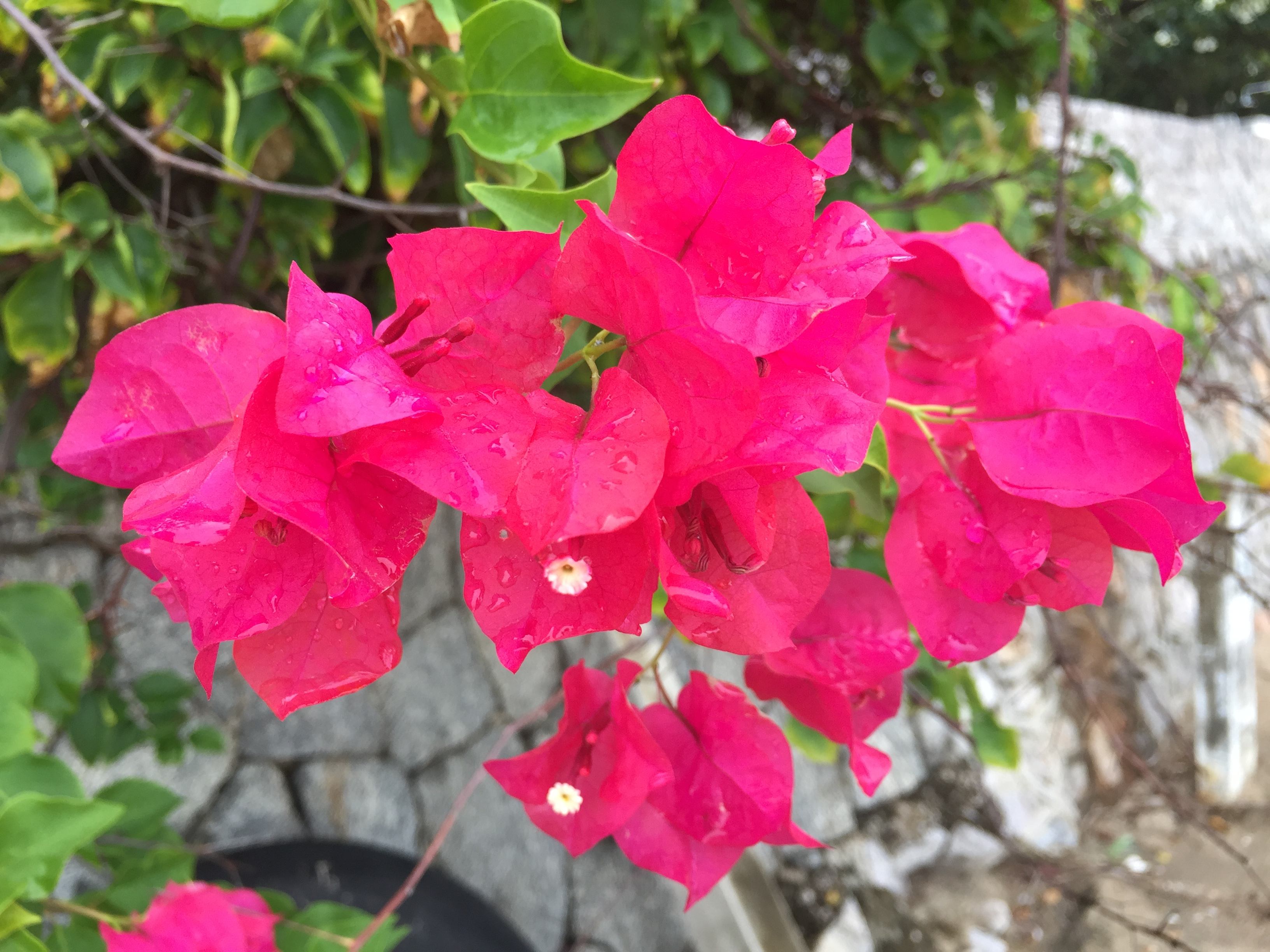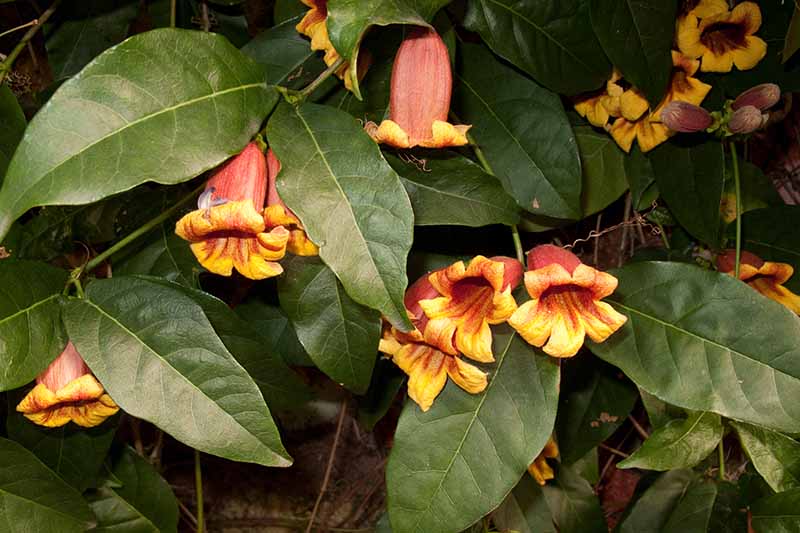
With the cost of labor rising, it’s no wonder that a couple hundred acres of old vines were recently ripped out near Lodi, where Passalacqua himself has a vineyard that was planted in 1915.

The chief problem is the old vines certainly weren’t planted with the idea of mechanization in mind, and so they must be hand-picked.

Don’t say best, don’t ever say best,” he emphasizes. “It’s the oldest vines that seem to make the most balanced wines. But even consumers are attracted to the wines, which are increasingly being marketed as made from old vines. Perhaps Americans don’t prize them as much as other countries, which treasure them. It’s not as if people in the industry don’t recognize the value of the old vineyards. “While they’re productive, they have a short career and die.”
#Az yet last night vine full
“They’re like modern football players - pumped full of fertilizers or juice as the case may be,” he says. But while that treatment certainly does produce large yields relatively quickly, Passalacqua says the vines seem more prone to problems down the road, such as disease susceptibility. Most vineyards planted after that, in the 1970s onward, were trellised, irrigated - drip irrigation was just starting - and fertilized to get them going. Many of those vineyards were planted on the AXR-1 rootstock - a Vitis vinifera/American hybrid - and were attacked by the phylloxera aphid, which wiped them out.

It’s been that way in California viticulture since the 1960s, when modern farming techniques were implemented.īut there’s another reason you don’t see many vineyards in California that date from the 1960s and ’70s. Like most other crops, vineyards are now planted to get production as quickly as possible. Those vines differ in significant ways from today’s, which are not planted to last, Passalacqua says.


 0 kommentar(er)
0 kommentar(er)
